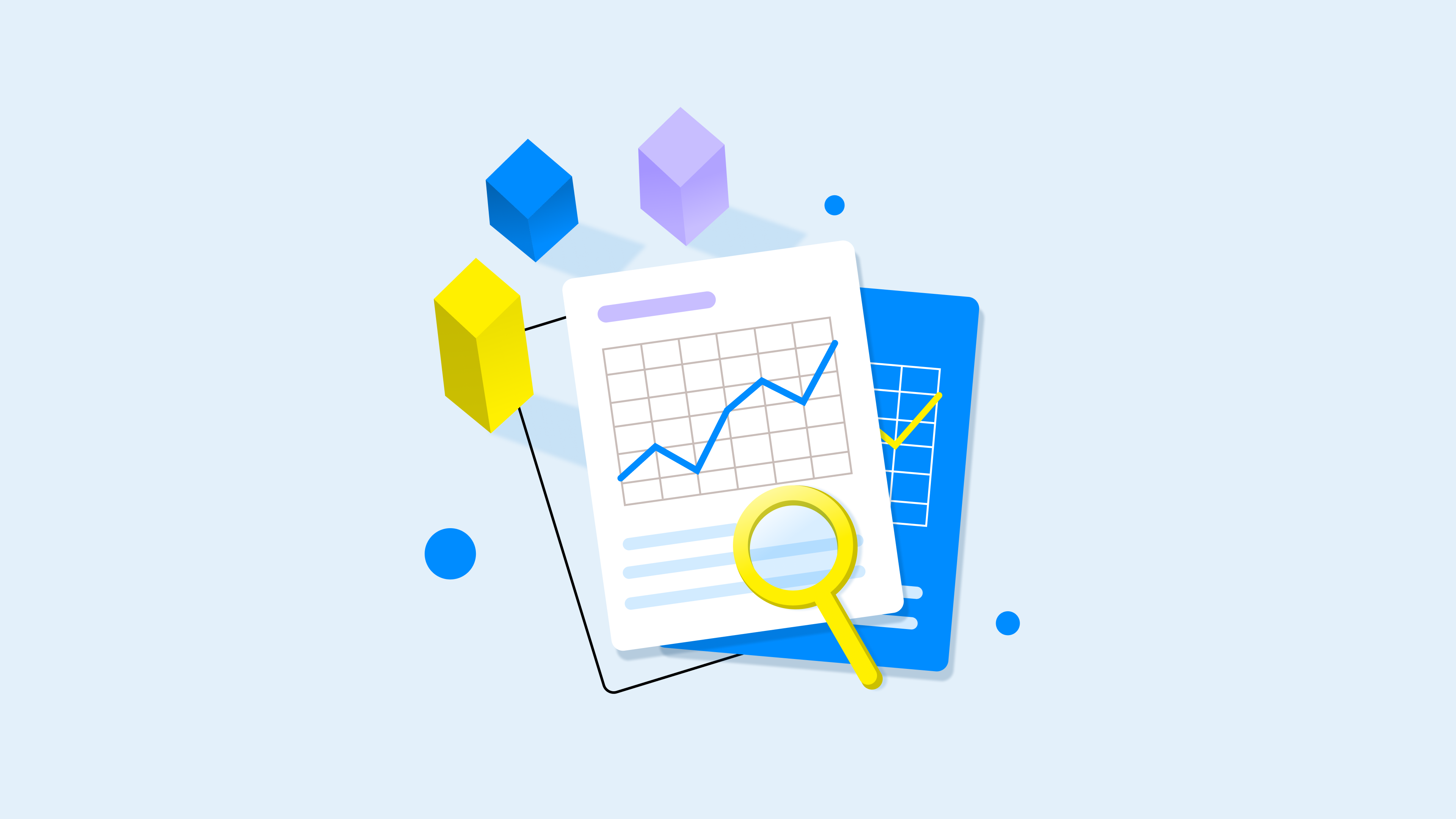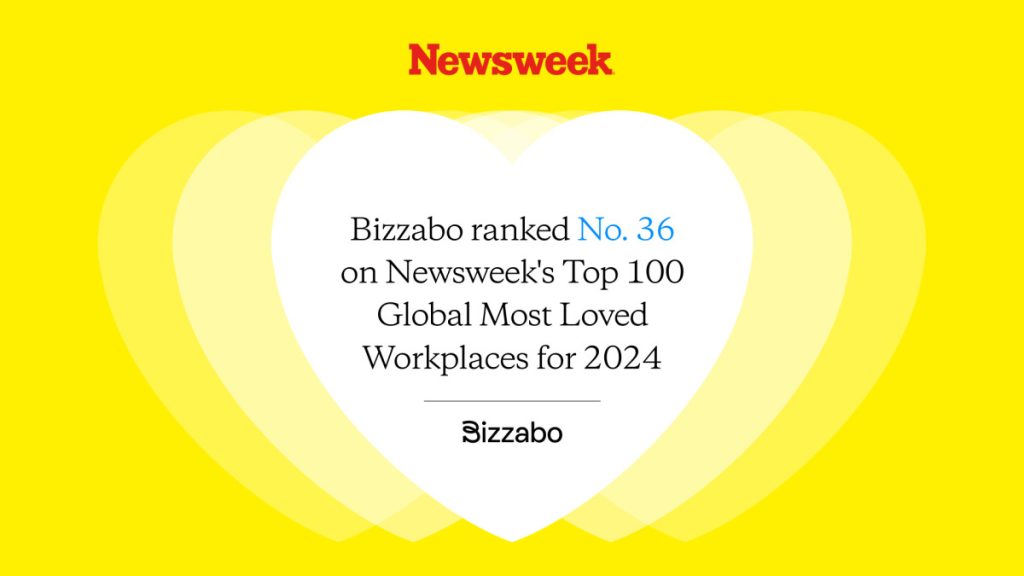How To Use Event Software Analyst Reports To Choose the Right Technology


When researching an event technology partner to help scale your strategy, leveraging the right insights is crucial. But if you’ve spent time on sites like G2 and Capterra, you know how crowded the marketplace is — this is where event software analyst reports come in handy! With their deep dives into market trends, product evaluations, and vendor landscapes, analyst reports offer invaluable insights for decision-makers. Let’s dive into how to use these reports to select the best event technology solutions for your needs.
Step 1: Understand the Analyst Landscape
Start by familiarizing yourself with the leading industry analysts and firms specializing in event technology and the broader tech ecosystem. Firms like Gartner®, Forrester, IDC, and others regularly publish research that can guide your technology decisions. Each has its own methodology and focus areas, from in-depth product evaluations to market forecasts and trends.
Some smaller analysts and reports are worth reviewing, including the following:
Step 2: Identify Your Event Technology Needs
Before diving into event software analyst reports, clearly define what you need from your event technology platform. Consider the types of events you host, the scale, audience engagement strategies, integration with other tools, and any specific challenges you face. This clarity will help you focus on relevant sections within analyst reports. Here are some event software features you might want to consider as you prepare to read analyst reports:
- Event management software
- Event registration and ticketing software
- Onsite management and check-in software
- Smart event wearables/event badges
- Mobile event app
- Event marketing software
- Event website builder
- Content management software
- Audience engagement software
- Event networking software
- Event success metrics and data visualization software
- Broadcasting/live streaming software
- Video production and virtual venue software
- Sponsor and exhibitor management software
Step 3: Check Out the Magic Quadrant™, Forrester Wave™, and IDC MarketScape
Many analyst firms use proprietary models to evaluate and compare technology vendors. The Gartner Magic Quadrant™, Forrester Wave™, and IDC MarketScape are examples of these comprehensive tools. They evaluate vendors against various criteria and provide a visual overview of the market and its players.
These tools can quickly show you which vendors lead the market, which are emerging, and which might offer niche solutions that better fit your unique needs.

Step 4: Dive Deep into Vendor Evaluations
Analyst reports often include detailed evaluations of each vendor’s strengths and weaknesses, market presence, product viability, and customer satisfaction. These sections can help you better understand how well a vendor’s offerings align with your event technology needs. Pay close attention to the criteria used for evaluation, as it will help you gauge what aspects might be most relevant for your events. Let’s look at Gartner’s evaluation criteria:
Gartner Magic Quadrant Evaluation Criteria
Gartner released its inaugural Magic Quadrant for Event Technology Platforms in March 2024, which means navigating the landscape of vendors and solutions is about to get much more comprehensive.
Gartner’s Magic Quadrant offers insights into broader market trends and future predictions, and this upcoming release underscores the sector’s growing complexity and significance.
The Magic Quadrant evaluates vendors across two primary dimensions:
- Ability to Execute assesses how well a vendor sells and supports its products and services globally, focusing on product functionality, customer experience, and overall viability.
- Completeness of Vision evaluates the vendor’s understanding of how market forces can be exploited to create opportunities for the provider and its customers.
Magic Quadrant Leaders (like Bizzabo!) demonstrate a deep understanding of the market, possess a powerful offering that meets a wide range of customer needs, are future-proof, and have the chops to drive market transformation.
Step 5: Evaluate Market Trends and Predictions
Beyond vendor evaluations, analyst reports frequently offer insights into broader market trends and future predictions. This information can be instrumental in understanding emerging technologies, attendee behavior changes, and other factors that could influence your event technology choices. Staying ahead of event industry trends can improve current events and future-proof technology investments.

Step 6: Leverage Complementary Resources
Many analyst firms offer additional resources beyond the core reports, such as webinars, workshops, and consultations. These can provide further context to the written material and offer opportunities to ask questions about your situation. Use these resources to gain as comprehensive an understanding as possible.
For example, Gartner offers Market Guides for Event Technology Platforms and Special Reports, while Forrester offers complimentary webinars.
Step 7: Cross-reference Multiple Reports
No one technology analyst report will have all the answers! It’s crucial to cross-reference findings from multiple reports and analysts. This approach will help you build a more rounded view of the market and the vendors you are considering. It can also highlight areas of consensus or disagreement among analysts, which could be valuable in your decision-making process.
Here are some critical questions you might consider while reviewing multiple analyst reports:
- What common strengths are highlighted across different reports? Identify which features or aspects of the service are consistently praised, suggesting they are well-regarded industry-wide.
- Are there discrepancies in vendor evaluations between reports? Note any differences in how vendors are ranked or evaluated to understand varying perspectives or criteria emphases.
- How do the future trends identified in different reports align? Compare the trends and future predictions to see if there’s a consensus on where the event technology industry is going.
- Which vendors appear in the leader quadrant or equivalent across multiple reports? Identifying vendors that consistently perform well can help narrow your choices to those most reliable and innovative.
- What unique insights does each report offer about the vendors? Look for unique findings or comments in each report to gather a well-rounded view of each vendor’s capabilities and weaknesses.
- How do the reports rank the importance of different features or capabilities? Understanding how each report values various features can guide you in prioritizing what’s most important for your needs.
- Are there any emerging vendors noted in multiple reports? Identify any new players that are gaining attention across the industry to consider innovative or niche solutions.
- How do customer satisfaction and market presence vary across reports? Evaluate if there’s consistency in feedback on customer support, reliability, and company stability.
Step 8: Engage with Vendors Directly
Armed with insights from analyst reports, engage directly with potential vendors. Analyst reports can provide a strong foundation for discussions, but direct engagement will allow you to ask specific questions, see demos, and trial the technology. This step is crucial for verifying the findings from the reports and ensuring the solutions meet your needs in practice.
Here are some questions you can ask a vendor after reviewing the reports:
- How does your solution address the specific needs highlighted in our industry’s analyst reports?
- Can you provide examples of how your platform has evolved based on industry trends and customer feedback?
- What sets your technology apart from other leaders mentioned in the analyst reports?
- How will you maintain or improve your position in future event software analyst reports?
- Can you provide case studies or references from customers like us who have successfully used your technology?
- What support and training services do you offer to ensure successful implementation and adoption?
- How does your pricing model align with the value you deliver, as the analyst reports indicate?
- What integration capabilities does your technology offer with existing tools we use?
- How do you ensure data security and compliance, especially in a rapidly changing regulatory environment?
- What are your future development plans, and how do you prioritize new features or updates?

Step 9: Choose the Perfect Event Management Software Partner
Finally, use the information gathered from analyst reports and your research to make informed technology decisions. Remember, the goal is to select all-in-one event technology that aligns with your strategic objectives, enhances attendee experience, and provides scalability and flexibility for future growth.
Bonus: Overcoming the Challenges of Analyst Reports
Although analyst reports offer invaluable insights into the event technology landscape, one significant barrier often stands in the way of accessing this goldmine of information: cost. The depth and breadth of analysis provided by these reports come at a premium, posing a challenge for many organizations — including the ones that can afford them!
That said, event software analyst reports are the product of extensive research, expert analysis, and a comprehensive evaluation of the market and its players. Although the insights can lead to more informed decision-making and potentially save costs in the long run by avoiding poor technology investments, the initial outlay can be a significant hurdle.
Luckily, there are some alternative strategies for accessing these reports:
- Shared access and subscriptions: Some businesses opt for shared or group subscriptions to distribute the cost among multiple users or partner companies.
- Summary reports and free resources: Analyst firms sometimes offer summaries, webinars, and articles that provide key findings and insights at no cost. Although less comprehensive than the full reports, these resources can provide valuable guidance.
- Vendor-supplied information: Vendors often share excerpts or summaries of analyst reports that feature their products or services. Although this can be a cost-effective way to access some insights, it’s essential to consider the potential bias since the information is filtered through the vendor’s perspective.
Given the investment required to access complete analyst reports, it’s crucial to critically assess the relevance and applicability of the information to your specific needs. Not all insights may be equally valuable or actionable for every organization, making weighing the cost against the expected benefits essential.
Get Started with Event Software Analyst Reports
The event technology landscape is more crowded than ever, and the right technology can make or break your event’s success. Luckily, event software analyst reports can help sift through the mess to bring the standout software to the surface.
From understanding the analyst landscape to engaging directly with vendors, each step is pivotal in ensuring that your choice in event technology meets and exceeds expectations. Whether navigating the complexities of Gartner’s Magic Quadrant or comparing notes across the Forrester Wave and IDC’s MarketScape, your journey is about more than just choosing a vendor; it’s about strategically partnering with a solution that propels your events into the future.
As you embark on this path, remember that your diligence and thorough research are the keys to unlocking unmatched experiences for your attendees and setting a new standard for what events can achieve.



